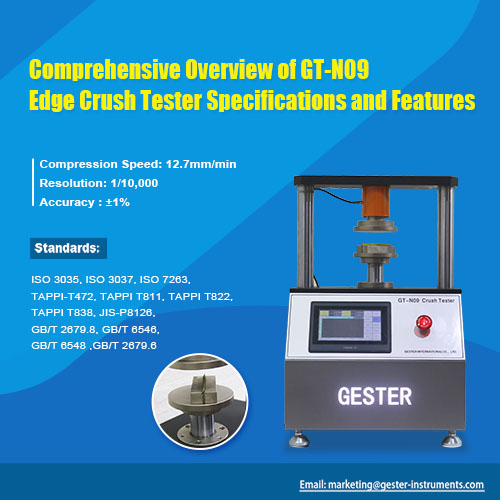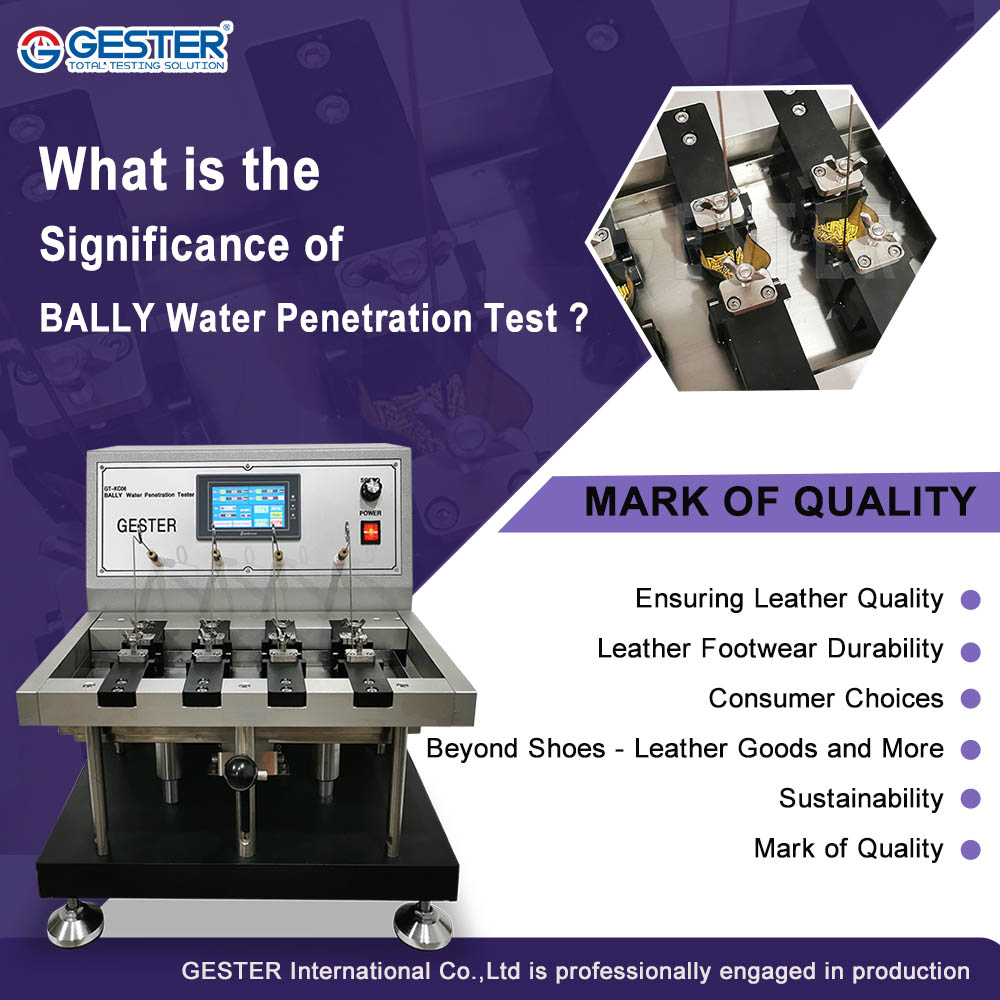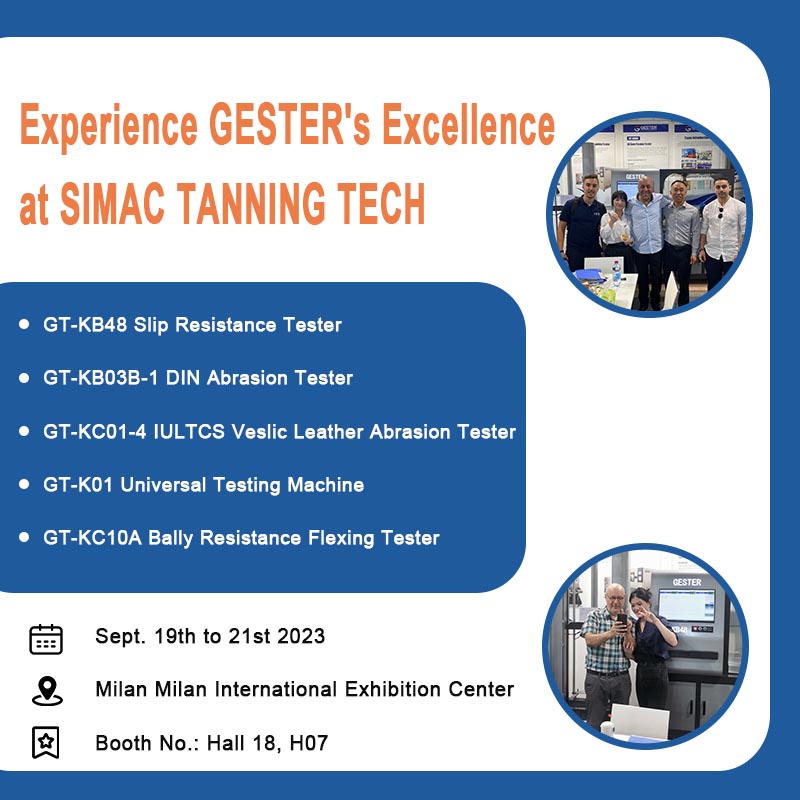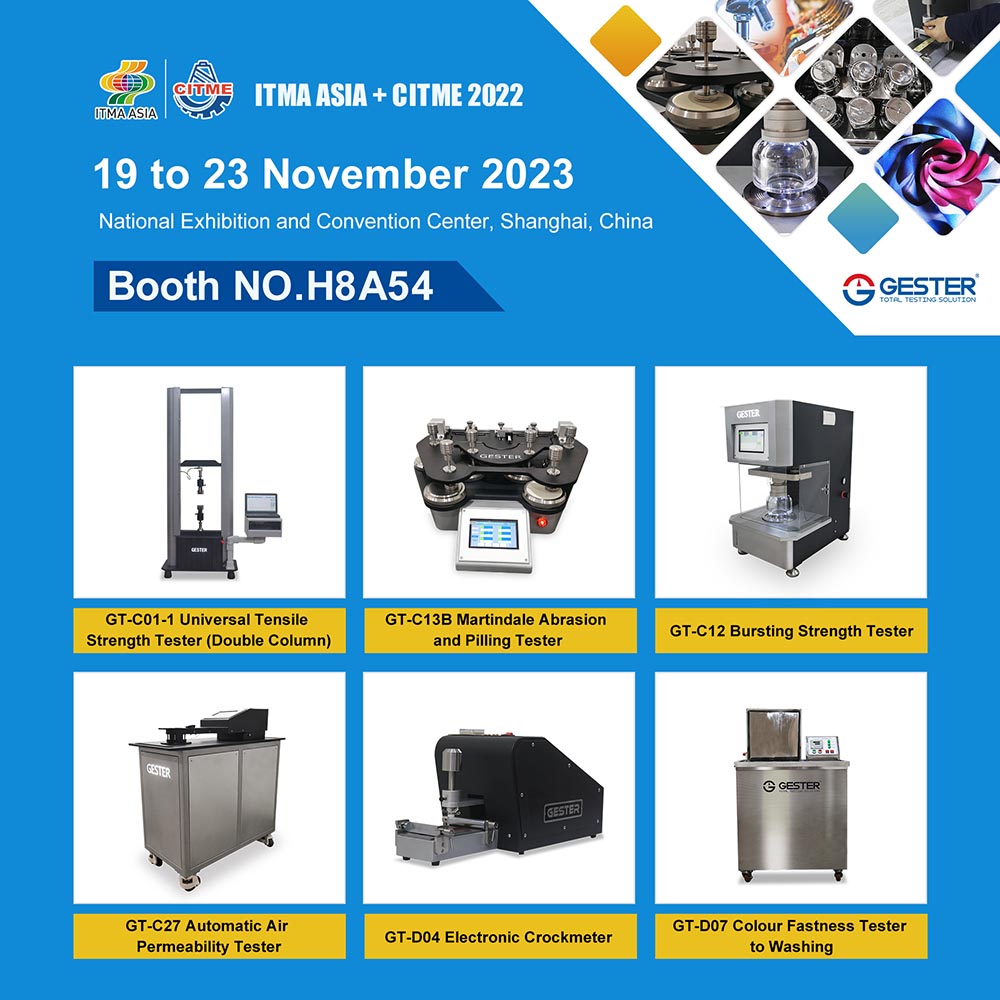Join GESTER at the ITMA ASIA + CITME 2022 Exhibition
September 12, 2023
Join GESTER at the ITMA ASIA + CITME 2022 Exhibition In the center of Shanghai, a remarkable event is just around the corner – ITMA ASIA + CITME 2022. GESTER, a prominent industry player, is excited to participate in this international exhibition taking place from November 19th to 23rd at the National Exhibition and Convention Center. We will share GESTER's involvement and what this event means for the textile and manufacturing sectors. Overview of ITMA ASIA + CITME 2022 Exhibition A. What is the ITMA ASIA + CITME 2022 Exhibition? The ITMA ASIA + CITME 2022 Exhibition is a significant and highly anticipated event in the world of textiles, sewing, and garment technology. This international exhibition brings together leading companies, industry experts, and enthusiasts to showcase the latest advancements, innovations, and solutions in the textile and manufacturing sectors. B. Exhibition Dates and Time: November 19-23, 2023 Mark your calendars for November 19th to 23rd, 2023, as these are the official dates for the ITMA ASIA + CITME 2022 Exhibition. This five-day extravaganza will immerse participants in a world of textile innovation and manufacturing excellence. Why GESTER is Participating in the ITMA ASIA + CITME 2022 Exhibition A. GESTER's Background and Business Focus GESTER, a prominent name in the textile testing equipment industry, has a rich history of delivering high-quality solutions to textile manufacturers and researchers worldwide. With over 20 year of experience, GESTER has established itself as a trusted partner for quality control and testing equipment in the textile and garment sector. Our primary focus lies in providing cutting-edge testing instruments and services that enable textile professionals to meet industry standards and ensure the durability, safety, and quality of their products. From fabric testing to apparel testing, GESTER's comprehensive range of testing equipment covers every aspect of the textile manufacturing process. B. Participation Goals and Expectations GESTER's presence at this exhibition is driven by our commitment to innovation, sustainability, and customer satisfaction. We eagerly anticipate the opportunity to connect with industry peers, share our expertise, and contribute to the continued growth and excellence of the textile and garment manufacturing sector. GESTER's Highlights at the Exhibition A. Exhibition Booth: Booth No. H8A54 When you visit the ITMA ASIA + CITME 2022 Exhibition, be sure to stop by GESTER's exhibition booth, located at Booth No. H8A54. Our booth is strategically positioned to provide attendees with easy access to a showcase of our latest testing equipment and solutions. B. Main Products: 1. GT-C01-1 Universal Tensile Strength Tester (Double Column) This Universal Tensile Strength Tester is designed for conduct tensile, compression, bending, shearing, bonding strength, peeling, tearing and other tests for rubber, plastic, leather, metal, nylon line, fabric, paper, aviation, packaging,...
View More







